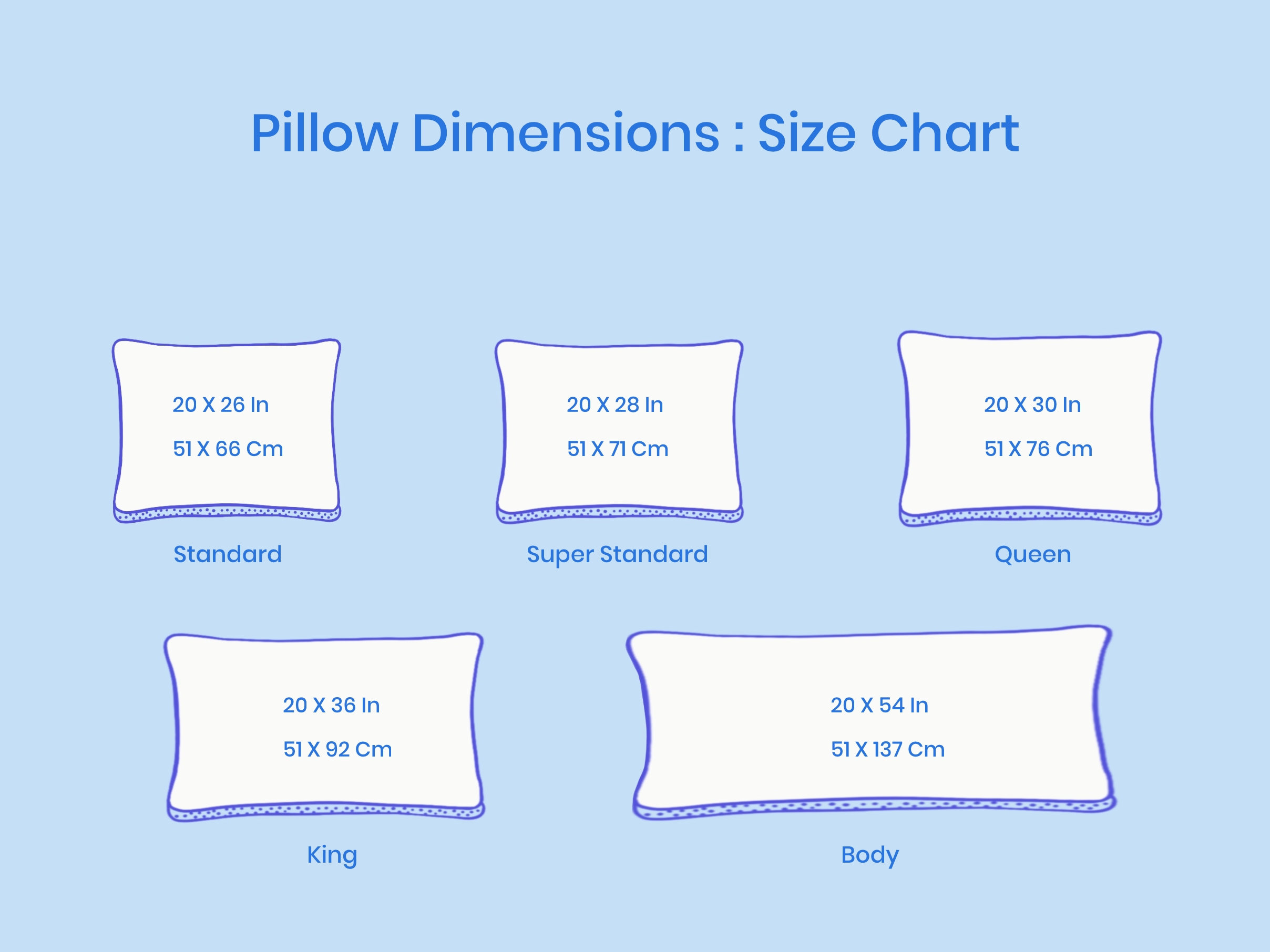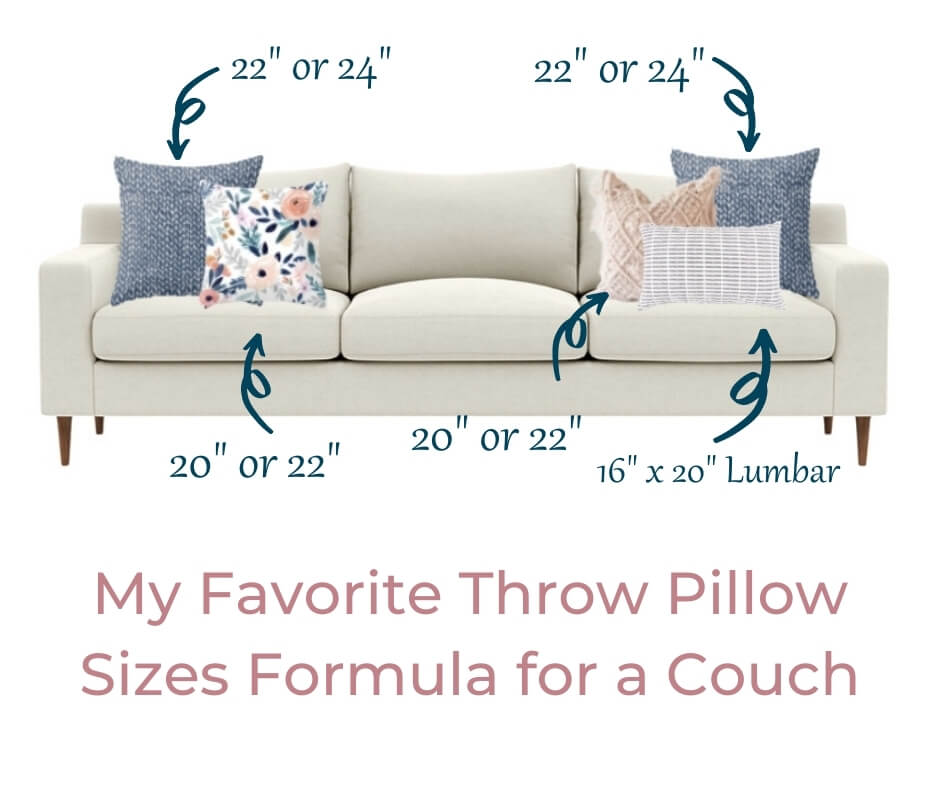Understanding Decorative Pillows
Decorative pillows are more than just soft fabric; they are essential elements of interior design that can transform a space. With a myriad of sizes, patterns, and textures available, figuring out the average decorative pillow size can seem overwhelming. From my personal experience, choosing the right pillow size has significantly enhanced my living space, making it more inviting and stylish.
Average Decorative Pillow Sizes
When it comes to decorative pillows, standard sizes can vary based on the design and intended use. Here are some of the most common decorative pillow sizes:
| Pillow Size | Dimensions (inches) | Best Use |
|---|---|---|
| Small | 12 x 12 | Accent and layering |
| Medium | 16 x 16 | Standard layering and throw pillows |
| Large | 20 x 20 | Main decorative pillows on sofas |
| Jumbo | 24 x 24 | Statement pieces |
Choosing the Right Size for Your Needs
Selecting the correct decorative pillow size can significantly affect the aesthetics of your space. Here are a few tips to help you decide:
1. Consider the Scale of Your Furniture
Large pillows can overwhelm small furniture, while small pillows can get lost on larger couches. Aim for a balanced look.
2. Layering Techniques
Layering pillows can create a cozy, inviting atmosphere. Use a combination of sizes—like small, medium, and large pillows—to achieve a designer look.
3. Functional Use
If you’re using pillows for comfort, consider the size that will best support your activities, whether lounging or entertaining.
Popular Decorative Pillow Shapes
Besides size, the shape of the pillow also matters. Here are some common shapes:
- Square: Great for a uniform look.
- Rectangular: Adds variety, ideal for lumbar support.
- Round: Softens angles and can serve as a focal point.
- Bolster: Offers a unique aesthetic and can be functional.

Color and Pattern Considerations
While size is crucial, don’t forget about color and pattern! Choose colors that complement your overall decor. Here are some tips:
1. Monochromatic Schemes
Using different shades of the same color can create a sophisticated look.
2. Contrasting Colors
Bold, contrasting colors can make your pillows pop and add energy to the room.

3. Patterns
Mixing patterns can add depth, but ensure they share a common color to maintain harmony.
Pros and Cons of Different Pillow Sizes
Let’s weigh the advantages and disadvantages of various decorative pillow sizes:
Small Decorative Pillows (12″x12″)
- Pros: Great for layering, versatile, easy to move.
- Cons: Might not provide enough support when used alone.

Medium Decorative Pillows (16″x16″)
- Pros: Good balance between style and comfort, widely available.
- Cons: May not stand out in a busy space.
Large Decorative Pillows (20″x20″)
- Pros: Makes a statement, offers comfort.
- Cons: Could overpower smaller furniture.

Jumbo Decorative Pillows (24″x24″)
- Pros: Eye-catching, can serve as the focal point.
- Cons: Limited to larger furniture or spaces.
Frequently Asked Questions (FAQs)
What is the best size for couch pillows?
The best size for couch pillows is generally 20×20 inches for a balanced look, but mixing with smaller or larger pillows can enhance the design.

How many pillows should I use on my sofa?
Typically, three to five pillows work well on an average-sized sofa. However, this can vary based on personal preference and the size of the sofa.
Are decorative pillows machine washable?
It depends on the fabric; always check the care label. Most removable covers are washable, but the internal cushion typically is not.

How often should I replace decorative pillows?
It’s best to replace decorative pillows every 1-2 years, especially if they show signs of wear or flattening.
Final Thoughts on Average Decorative Pillow Size
Decorative pillows are a simple yet impactful way to style your home. Understanding your space, layering, and choosing the right sizes and colors can elevate your decor. With the insights shared in this article, I hope you feel inspired to experiment with different pillow sizes and styles. Remember, the perfect decorative pillow is one that resonates with your style and complements your living space!